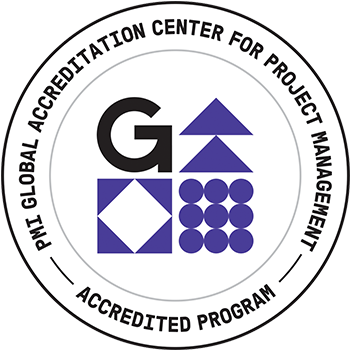It is an undisputed fact that project stakeholders are a primary critical success factor on all projects, especially on large and technically and managerially challenging ones such as those often encountered in construction and civil infrastructure development. Consequently, in order to boost project efficiency, reduce risk and to subsequently realize fully the benefits stemming from projects after their completion, it is imperative to manage and engage the stakeholders professionally over time. Doing so necessitates a thorough stakeholder analysis first.
Though increasingly acknowledged, documented, and finding widespread application on construction and civil infrastructure development projects, there appears to still exist a need for increasing awareness among project decision-makers about the process of stakeholder analysis and, more importantly, how to make it more effective in practice. Presently, no rigorous and integrated analytical framework appears to exist which encompasses all salient aspects which normally would require consideration in a robust and comprehensive analysis of stakeholders (especially secondary ones) on complex projects and which simultaneously also incorporates a set of tools with the requisite level of sophistication needed to properly analyze these stake-holders and track their behavioral changes over time.
Based on their years-long intensive research on project stakeholder management and engagement, personal experience with projects, and a careful study of existing stakeholder analysis approaches and tools in available documentation from over fifty large projects undertaken in diverse fields across the globe, the authors have developed a comprehensive and integrated project stakeholder analysis process which they introduce in this paper.
Themes discussed are the process benefits, challenges and constraints, and the criticality of obtaining quality information on project stakeholders for the process to deliver optimal results. Some freely and commercially available software programs used for stakeholder analysis and their inherent limitations are also discussed as are five powerful and practical analytical tools: the Stakeholder Attribute Analysis, the Stakeholder SWOT-Analysis, the Stakeholder Complications & Causes Analysis, the Stakeholder Evaluation Model, and the Stakeholder Scenarios Analysis.
Through their research on the subject the authors hope to motivate key project decision-makers to improve the scope and quality of their stakeholder analysis. Needless to say, such an improvement would serve the interests of their projects by reducing risk and the potential for conflict with stakeholders and, at the same time, it would benefit the stakeholders by ensuring that their point of view is also given fair and due consideration in project design, planning and execution.
PMI Talent Triangle: Leadership

